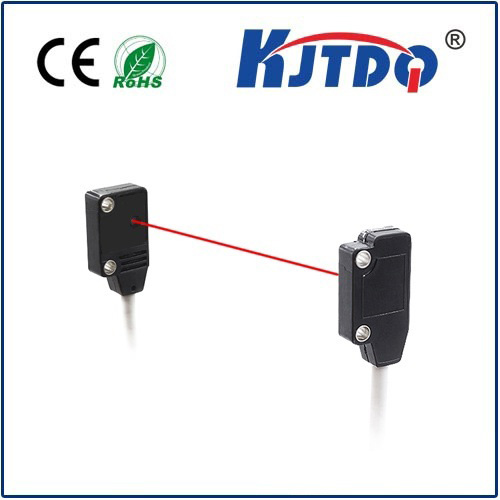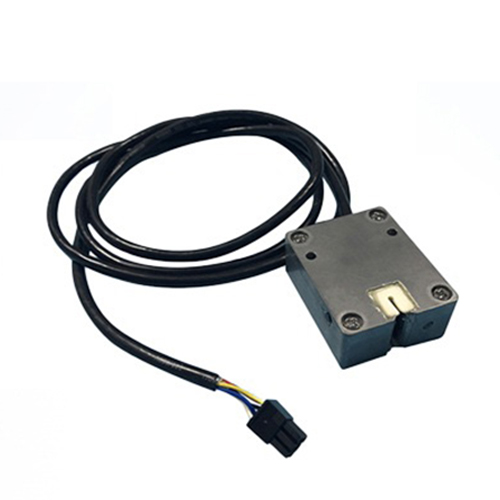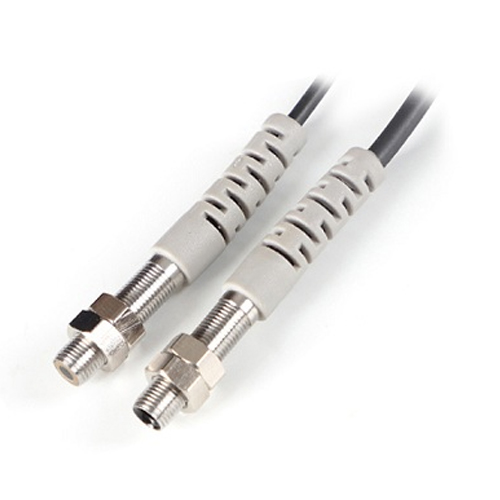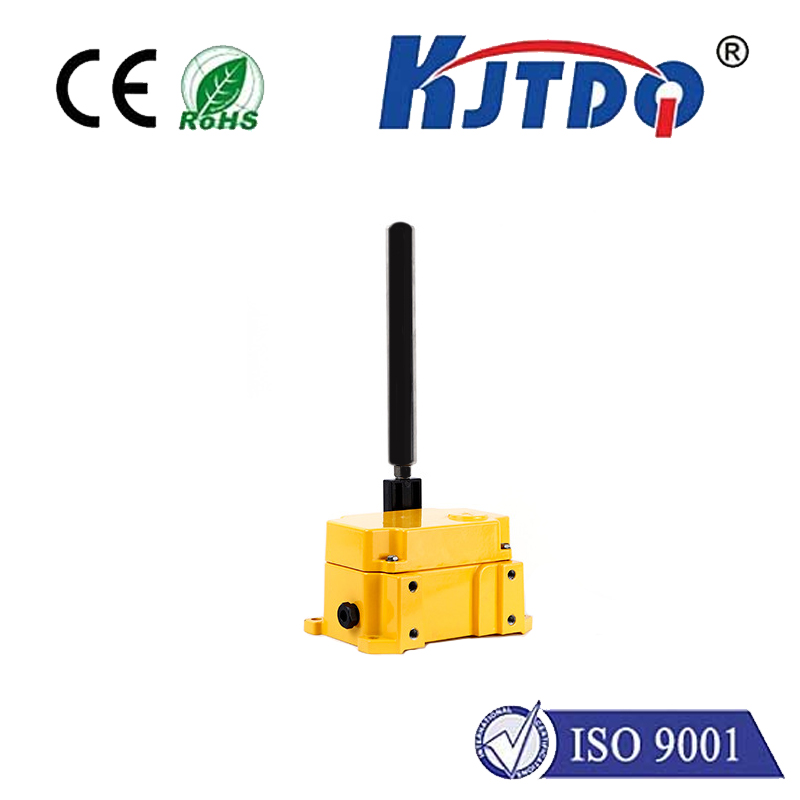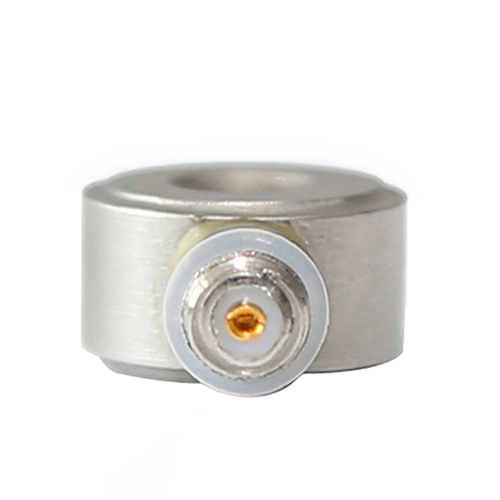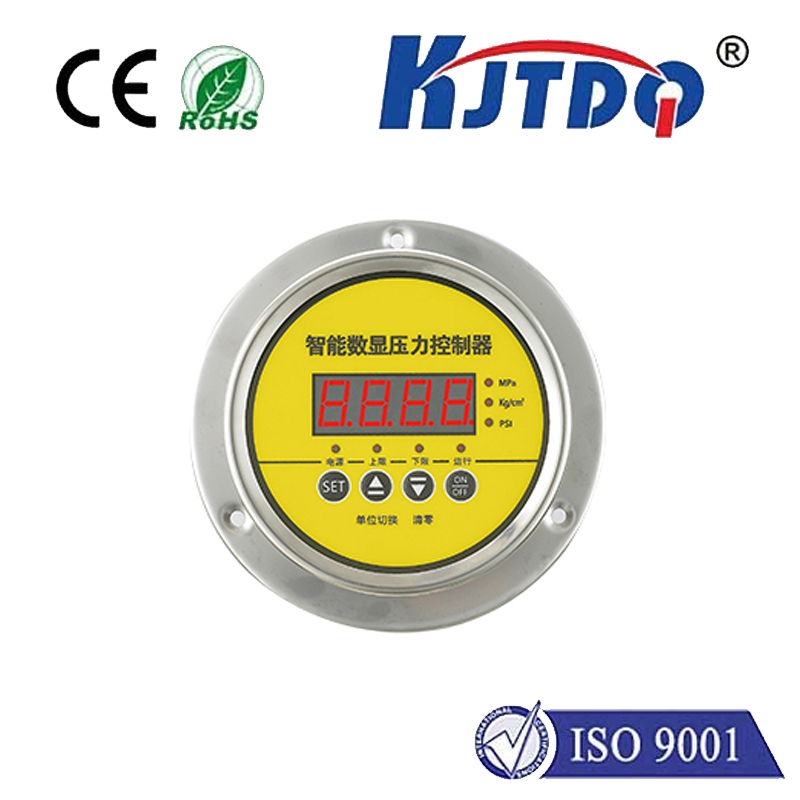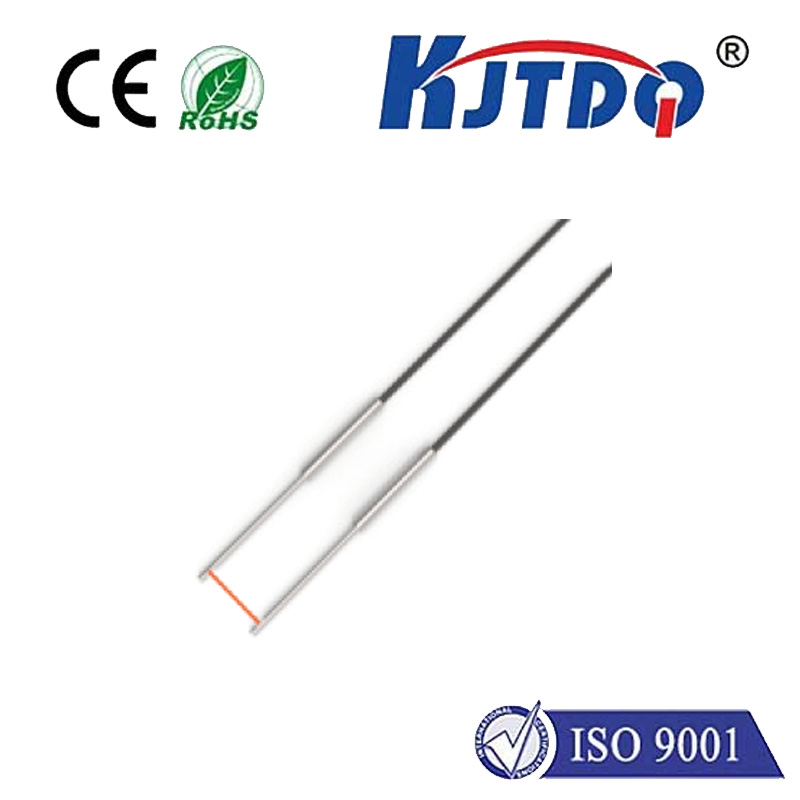dpt sensor
- time:2025-08-19 11:39:02
- Click:0
DPT Sensors: The Unseen Guardians of Precise Pressure Monitoring
Ever driven a car, relied on consistent heating in winter, or benefited from controlled environments in manufacturing? Chances are, a Differential Pressure Transducer (DPT sensor) played a crucial, silent role. These specialized instruments are fundamental workhorses across industries, enabling critical measurements and automated responses by detecting the subtle difference between two pressure points. Understanding their function and importance unlocks why they are indispensable in our technologically driven world.
At its core, a Differential Pressure Transducer (DPT sensor) converts the difference in pressure between two input ports into a standardized electrical signal. Unlike gauges measuring pressure relative to atmosphere or absolute sensors using a vacuum reference, DPT sensors focus solely on the delta – the variance – between two distinct pressure sources. Imagine measuring the pressure drop across an air filter in an HVAC system or monitoring fluid flow rate within a pipe; it’s this difference that provides actionable data.

How Does This Measurement Magic Happen?
Most DPT sensors employ sophisticated, yet robust principles:
- The Sensing Element: This is the heart. A thin, flexible diaphragm separates the two pressure ports. When Port A experiences a higher pressure than Port B, the diaphragm deflects minutely towards the lower-pressure side, and vice versa.
- Transduction to Signal: This deflection needs conversion. Common methods include:
- Strain Gauges: Tiny resistors bonded to the diaphragm. As the diaphragm bends, the resistors stretch or compress, changing their electrical resistance. These are arranged in a Wheatstone bridge circuit, producing a millivolt-level output proportional to the deflection (and thus, the pressure difference).
- Capacitive Sensing: The diaphragm acts as one plate of a capacitor. The other plate is fixed close by. Diaphragm movement changes the gap distance, altering the capacitance between the plates, which is then converted to an electrical signal.
- Piezoresistive: Utilizes semiconductor materials whose resistance changes significantly under mechanical stress (diaphragm deflection).
- Signal Conditioning & Output: The initial weak signal from the sensing element is amplified, filtered, and converted into a usable standard output. The most common outputs are 4-20 mA current loops or 0-5V/0-10V DC voltage signals. These signals are robust, easily transmitted over distances, and readily interpreted by control systems like PLCs (Programmable Logic Controllers) or SCADA systems.
Where DPT Sensors Truly Shine: Key Applications
Their ability to measure pressure differences makes DPT sensors incredibly versatile:
- HVAC/R (Heating, Ventilation, Air Conditioning, and Refrigeration):
- Filter Monitoring: Measuring the pressure drop across air filters. A rising differential signals filter clogging, prompting timely replacement for energy efficiency and air quality.
- Airflow Control: Monitoring pressure across fans, dampers, or coils to ensure optimal airflow rates and maintain desired environmental conditions.
- Refrigerant Flow: *Detecting pressure differences* across components like evaporators or condensers is vital for system health and efficiency.
- Automotive & Aerospace:
- Engine Management: Measuring pressure in the intake manifold relative to ambient pressure is critical for calculating air mass flow, essential for precise fuel injection (MAP sensor). Diesel Particulate Filter (DPF) backpressure monitoring also relies heavily on DPT sensors.
- Cabin Pressure: Monitoring pressure differentials between the aircraft cabin and the outside atmosphere is fundamental for passenger safety and comfort.
- Aerodynamic Testing: Measuring subtle pressure variations on wings or fuselage surfaces in wind tunnels.
- Industrial Process Control & Manufacturing:
- Fluid Flow Rate: Measuring the pressure drop across an orifice plate, venturi tube, or pitot tube is a primary method for calculating liquid or gas flow rates (
Bernoulli's principle).
- Liquid Level: Monitoring the pressure difference between the top and bottom of a tank, especially in pressurized vessels, provides accurate level measurement.
- Pump & Valve Monitoring: Assessing pressure differentials across pumps or valves indicates performance, health, and potential blockages.
- Cleanrooms: Ensuring proper pressure differentials between rooms to prevent contamination ingress.
- Medical & Life Sciences:
- Respiratory Devices: Monitoring patient breathing pressure differences in ventilators and CPAP machines.
- Laboratory Equipment: Precise differential pressure control in fume hoods, biosafety cabinets, and incubators.
- Filter Integrity Testing: Verifying sterile filters in pharmaceutical processes.
Choosing the Right DPT Sensor: Critical Considerations
Selecting an appropriate DPT sensor requires careful evaluation:
- Pressure Range: What is the maximum expected differential pressure (
dP) the sensor needs to measure? Over-ranged sensors fail prematurely.
- Static Pressure (Line Pressure): While measuring the difference, what is the maximum absolute pressure applied to both ports simultaneously? The sensor’s body must withstand this.
- Media Compatibility: What fluid (air, oil, water, aggressive chemicals, steam) will contact the sensor? The wetted materials (diaphragm, seals, housing) must be chemically compatible to prevent corrosion or failure.
- Accuracy & Stability: How precise must the measurement be? Consider both initial accuracy and long-term drift, especially in critical applications.
- Output Signal: Is a standard analog output (4-20mA, 0-10V) sufficient, or is a digital output (I2C, SPI, Modbus) preferred for direct microcontroller interfacing?
- Environmental Conditions: *Operating temperature range*, humidity, vibration, and exposure to elements must be considered. Hazardous area certifications (ATEX, IECEx) might be necessary.
- Electrical Requirements: Supply voltage, current consumption, and intrinsic safety requirements.
In essence, DPT sensors are the fundamental instruments translating the invisible force of pressure differences into the clear, actionable language of electrical signals. Their reliability, versatility, and precision make them the unseen guardians ensuring efficient HVAC operation, optimal engine performance, safe medical devices, and controlled industrial processes. From monitoring the air filter in your home to regulating jet engine airflow, the differential pressure transducer is a cornerstone technology making modern life and industry function smoothly and safely. Selecting the right one, carefully matched to its application demands, is paramount for achieving reliable and accurate measurement outcomes.













